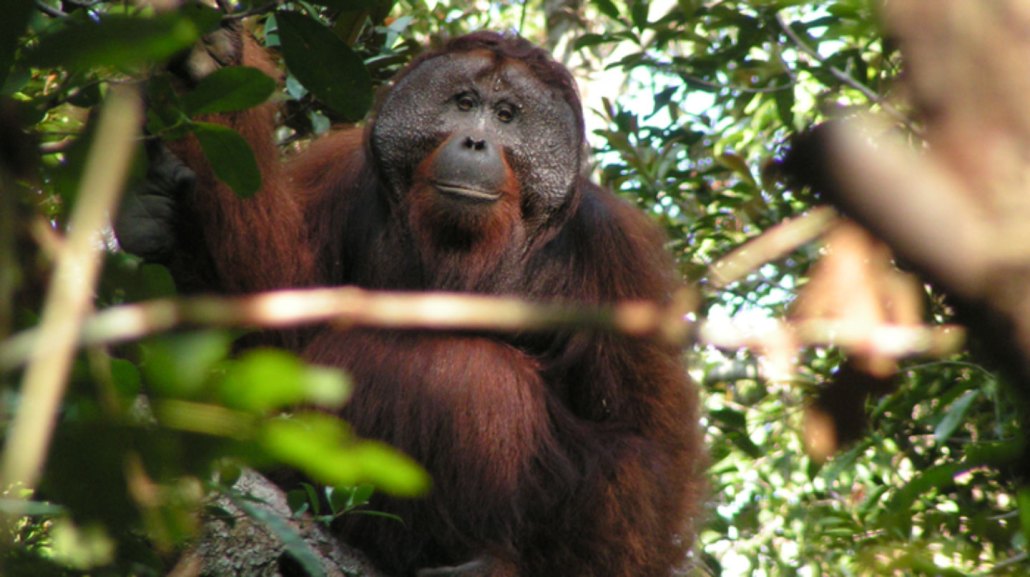Social mingling shapes how orangutans issue warning calls
“Kiss-squeaks” among red apes provide a peek into how social scenes mold vocal variety

Orangutans (one pictured) expand their repertoire of predator-warning calls in low-density populations, researchers say.
Adriano Lameira







